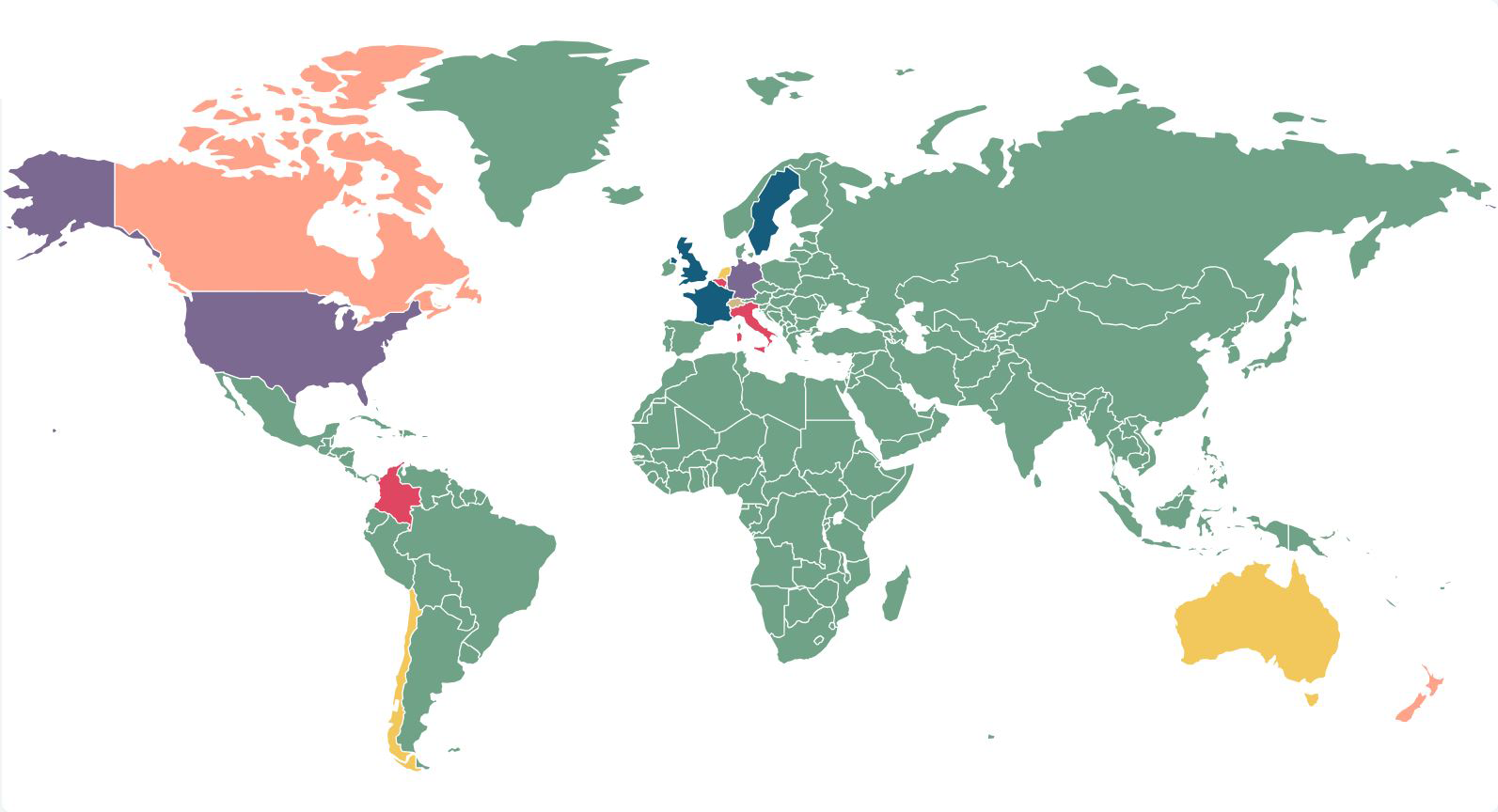Water utility companies will come under increasing pressure of claims for nuisance
As extreme weather events such as flooding increase, pressure will continue on the water supply network in relation to repair and renewal of its infrastructure. Delays in repair and renewal due to financial pressures combined with a focus on restricting end-point cost to the consumer may lead to an increase in claims relating to alleged water contamination and sewage pollution. Any discharge of pollutants or contaminated water supply has the capacity to affect a large number of people with an attendant risk of significant numbers of claims. The potential liability of water utility companies has been widened as a result of the Supreme Court decision in the Manchester Ship Canal case in 2024, in that they can be liable in nuisance for pollution caused by discharges of foul water even where there has been no negligence or deliberate misconduct. An increase in such nuisance claims is anticipated and first party property insurers are likely to want to put a renewed focus on pursuing subrogated recoveries for such losses.
Martyn’s Law will impact underwriting and coverage
"There will be ongoing discussions on understanding the implications of Martyn's Law." So says the Impact Assessment accompanying the Terrorism (Protection of Premises) Bill which was introduced into Parliament on 12 September 2024. This development may have caught some unawares, despite the efforts of Figen Murray, the mother of Martyn Hett (after whom the Bill is named), to keep the proposed legislation in the limelight. While the Bill's main impacts are likely to be on liability, including public liability and D&O, insurers, brokers and insureds will need to consider the detail of the Bill and its impact on coverage and exclusions in existing property and terrorism policies as well. These could be positive (for example, a reduction in premiums where it is recognised that premises represent a better rated risk as a consequence of having public protection procedures in place) or negative (for example, where there have been identified failings). Certainly, where available for enhanced duty premises and events, underwriters should be obtaining the information prepared for the Security Industry Authority as part of the presentation of the risk. Additionally, the greater awareness of the threat of terrorism could result in more property owners applying for terrorism-related insurance policies.
Watch out for further COVID BI activity
The forthcoming year is likely to see further satellite litigation of some importance around COVID-19 business interruption claims. The Court of Appeal is due to hear arguments as to whether the broad approach to causation adopted in the FCA test case (where a single case of disease within a set radius of a policyholder's premises is to be regarded as the effective cause of a lockdown imposed at national level) is translatable across to certain denial of access clauses. This will be a significant point in the evolving litigation surrounding the pandemic, as it should give the industry greater clarity as to whether what the Supreme Court decided in the FCA test case about causation is of broader application outside the ambit of disease clauses, with the potential to have unforeseen consequences for other parts of the policy unconnected with disease losses. Similarly, the Court of Appeal will decide in 2025 whether policyholders must give credit against their business interruption claims for furlough, an issue which could have a very significant financial impact across the industry.
Flood claims and recovery opportunities against government bodies
Having experienced another year of heavy rainfall and both local and regional flooding, we predict a rise in flooding claims next year. As insurers are continually facing more frequent and larger claims, they may be more likely to consider recovery opportunities against, in particular, local authorities and other relevant government agencies who either failed to implement appropriate flood defences or failed to properly manage the flood defences in place. This could include a failure to maintain overflow areas or decisions to raise/lower defences at the right time. Historically such recovery claims have been difficult to maintain, but the tide may slowly be turning after some more favourable recent decisions and we have already seen an uptick in enquiries from insurers to work with insureds and loss adjusters to ascertain the merits of potential recovery actions.
Insurers will be encouraged by the Insurance Act decision in MOK Petro Energy
The positive decision for insurers in MOK Petro Energy will see section 11 of the Insurance Act 2015 being given a broad interpretation, it not being necessary in that case to establish a direct causal link between the breach of a policy term and the loss, for cover to be limited. Section 11 requires the breach of a policy term to be relevant to the actual loss if it is relied on to limit cover. MOK breached a warranty requiring a surveyor to inspect and certify shore lines connecting to its vessel. Although inspection occurred, certification did not. Insurers sought to rely on this breach to refuse the claim. MOK argued that the failure to certify was immaterial to the loss. It was decided (obiter) that it was necessary to look at the warranty as a whole. Non-compliance could have increased the risk of loss that actually occurred (water contamination). This provided grounds for insurers successfully to refuse MOK's claim.
Protests to continue in 2025 – ensure property policies are providing the scope of cover required
As we predicted last year, geopolitical instability and large scale protests across the globe have been a common theme this year, raising several issues for underwriters writing terrorism and political violence cover. Both peaceful and more violent protests (sometimes at the same time) have been a regular theme in the UK and we expect this to continue throughout 2025. It raises a number of potential issues for insurers including in the UK property market, in particular in relation to when it can be said that a peaceful protest turns into a violent one. Insurers should give careful consideration to their use of terms such as strikes, riots and civil commotion as well as malicious damage to make sure that they are appropriate in the current climate of political instability, so that cover is being offered that is within insurers' risk appetite.




